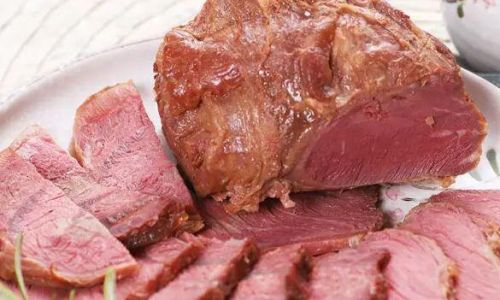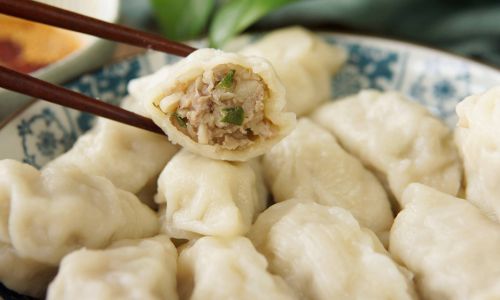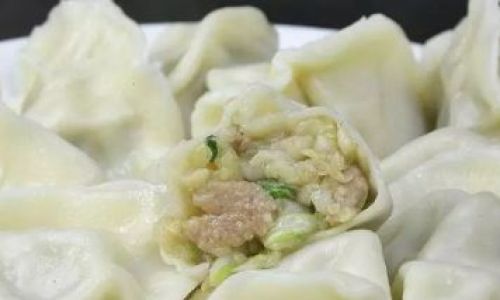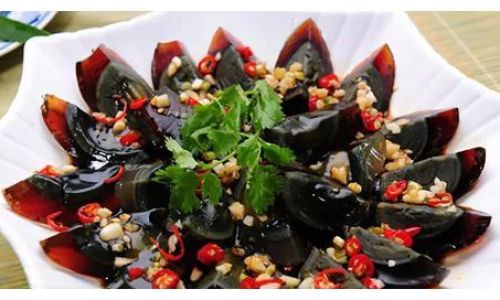Introduction

Braising beef is a culinary technique that transforms tough cuts of meat into tender, flavorful dishes. It involves slow cooking the beef in a covered pot with a small amount of liquid, often a combination of broth, wine, or beer, and aromatic spices. The result is a succulent, juicy piece of meat that melts in your mouth, accompanied by a rich, savory sauce. But how do you achieve that perfect braised beef that leaves everyone asking for seconds? This article will guide you through the steps and tips to make delicious braised beef at home.
Choosing the Right Cut
The first step in making braised beef is selecting the appropriate cut of meat. While any tough, sinewy cut can be braised, some are particularly well-suited for this cooking method. Chuck roast, brisket, short ribs, and oxtail are among the most popular choices. These cuts are rich in collagen and connective tissue, which break down during slow cooking, resulting in a tender texture.
When choosing your beef, look for cuts with a good marbling pattern, as the fat will melt during braising, adding flavor and moisture to the meat. Also, ensure the beef is fresh, with a bright red color and a firm texture. Avoid cuts that have a grayish appearance or a slimy surface, as these may indicate spoilage.
Seasoning and Marinating
Before braising, it’s essential to season the beef properly. Salt and pepper are the basics, but you can also add other spices and herbs to enhance the flavor. Garlic, onion powder, thyme, rosemary, and bay leaves are common choices that complement beef well.
For an extra layer of flavor, consider marinating the beef overnight. A simple marinade of olive oil, soy sauce, garlic, and herbs can work wonders. The marinade not only seasons the meat but also tenderizes it by breaking down some of the muscle fibers.
Preparing the Braising Liquid
The braising liquid is crucial for developing the sauce that will coat the beef and add depth to its flavor. A combination of beef broth, red wine, or beer often serves as the base. The liquid should be flavorful, so consider adding aromatic vegetables like carrots, celery, and onions, as well as tomatoes or tomato paste for acidity and sweetness.

Herbs and spices should also be part of the braising liquid. Whole garlic cloves, bay leaves, and sprigs of fresh thyme or rosemary can be added directly to the pot. These ingredients will infuse the liquid with their aromatic oils, creating a complex, multi-layered flavor profile.
The Braising Process
-
Searing the Beef:
Before adding the beef to the braising liquid, sear it in a hot pan with a bit of oil. This step not only creates a beautiful caramelized crust on the exterior of the meat but also locks in juices, ensuring the beef stays moist during braising. Sear the beef until it’s browned on all sides, about 3-4 minutes per side. -
Adding the Liquid:
Once the beef is seared, transfer it to a heavy-bottomed pot or Dutch oven. Pour the prepared braising liquid over the meat, ensuring it covers at least half of the beef. If you’re using a lot of vegetables, you may need more liquid to prevent them from scorching. -
Bringing to a Simmer:
Bring the pot to a simmer over medium-high heat. Once the liquid starts bubbling, reduce the heat to low or medium-low, cover the pot with a lid, and let the beef braise. The cooking time will depend on the cut and size of the beef, but it usually ranges from 2 to 4 hours for most cuts. -
Checking and Adjusting:
During braising, it’s important to check the pot occasionally. If the liquid evaporates too much, add more broth or water to maintain the desired level. Also, taste the sauce periodically and adjust the seasoning as needed. You may want to add more salt, pepper, or a splash of vinegar or lemon juice to brighten the flavors.
Finishing Touches
Once the beef is tender and cooked to your liking, it’s time to finish the dish. Remove the beef from the pot and let it rest for about 15-20 minutes. This resting period allows the juices to redistribute within the meat, ensuring it stays moist and flavorful when sliced.
Meanwhile, strain the braising liquid to remove the vegetables and herbs. If the sauce is too thin, you can reduce it over medium heat until it reaches your desired consistency. For added richness, whisk in a knob of butter or a splash of heavy cream at the end.

Serving Suggestions
Braised beef is versatile and can be served in various ways. It’s excellent on its own, accompanied by a side of mashed potatoes or creamy polenta to soak up the delicious sauce. You can also shred the beef and use it in tacos, sandwiches, or salads. For a heartier dish, serve it with roasted vegetables or a green salad.
Storage and Reheating
Leftover braised beef can be stored in an airtight container in the refrigerator for up to 3-4 days. To reheat, place the beef and sauce in a pot and warm over low heat, stirring occasionally until heated through. You can also reheat individual portions in the microwave.
Conclusion
Mastering the art of braising beef takes time and practice, but the rewards are well worth it. With the right cut of meat, proper seasoning, flavorful braising liquid, and patience, you can create a dish that’s sure to impress even the most discerning palate. Whether you’re cooking for a family dinner or entertaining guests, braised beef is a surefire way to elevate your meal to the next level. So, gather your ingredients, preheat your oven, and embark on a culinary journey that promises delicious results. Happy braising!





0 comments